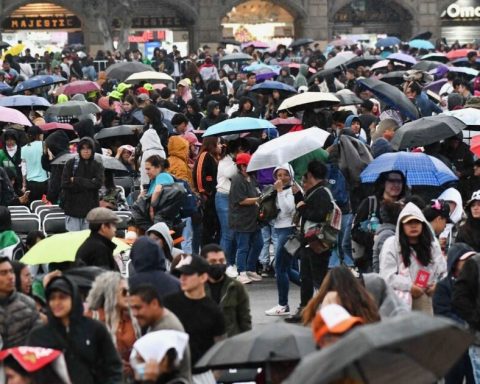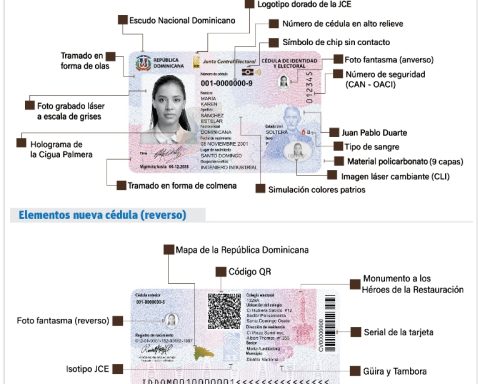In Latin America, the young population traditionally has difficulties in obtaining a living place in the formal market and this is due to the existing access barriers, so it is decided to go to informal mechanisms either through trespassing either self-build mechanismsconcludes a study by the Massachusetts Institute of Technology (MIT).
According to the report, although in the country there are 23.9 million households liquidated or in the process of payment, there is still a demand to meet within the formal market since many people, especially the youngest, have no way other than to live in the house of relatives or rent for years, while others are in the housing informality to be close to your job or make your first home.
“People who live under this (informal) modality could have homes with damage to their structure, given a possible design that is not well done. In addition, the land could not be used 100% and correctly, points that experts in they endorse and distribute,” said Albert Saiz, an associate professor in the urban planning and real estate programs at MIT and co-author of the study.
According to the specialist, given the lack of information on the market of informal housingit is estimated that in Mexico this type of household represents between 40% and 60 percent.
In this scenario, three problems were identified that prevent access to the formal housing and that have a greater impact on the younger population:
- High price of the available units. For the middle and low economic segments the living place it is expensive, especially in large cities, which have better jobs, services and opportunities for social advancement, which generates surplus value with values beyond the reach of people with fewer resources.
- Lack of financial products. Currently, interest rates are not affordable for most demand for living place, because the plans and costs make it very difficult to access products for the purchase of a home. “The bottom two quintile market should be a critical source of growth for the real estate industry and the economy in general.
- Hitches out of reach. In Mexico, the available supply of financial products requires down payments that are often beyond the reach of people, which is combined with the lack of a culture of savings.
Less credits in 2022
In Mexico, during the first eight months of 2022, the group of young people up to 29 years of age received 63,749 financings for house purchase from the industry, which represented a 25% share of all credits delivered to all age groups.
However, their participation is lower compared to 2021. According to data from the National Information and Housing Indicators (SNIIV), the previous year in the first eight months of the year the participation of credits for this population group was 27 percent.
For Saiz, this is a problem that the market must correct, since young people gradually become the main catalyst in the real estate industry, seeking to start their assets.
“We must also closely monitor young people, they gradually become the main catalyst of the real estate market, when starting their assets, but at the same time it represents multiple challenges, since the financing channels must have equitable measures between access, cost, benefit and living place affordable and quality”, Saiz said.
Jerónimo Uribe, CEO and co-founder of La Haus, stressed that the lack of information is a problem that prevents accurate diagnoses of the industry; however, with studies like the one at MIT, they can get closer to the solutions that are really needed.














